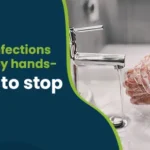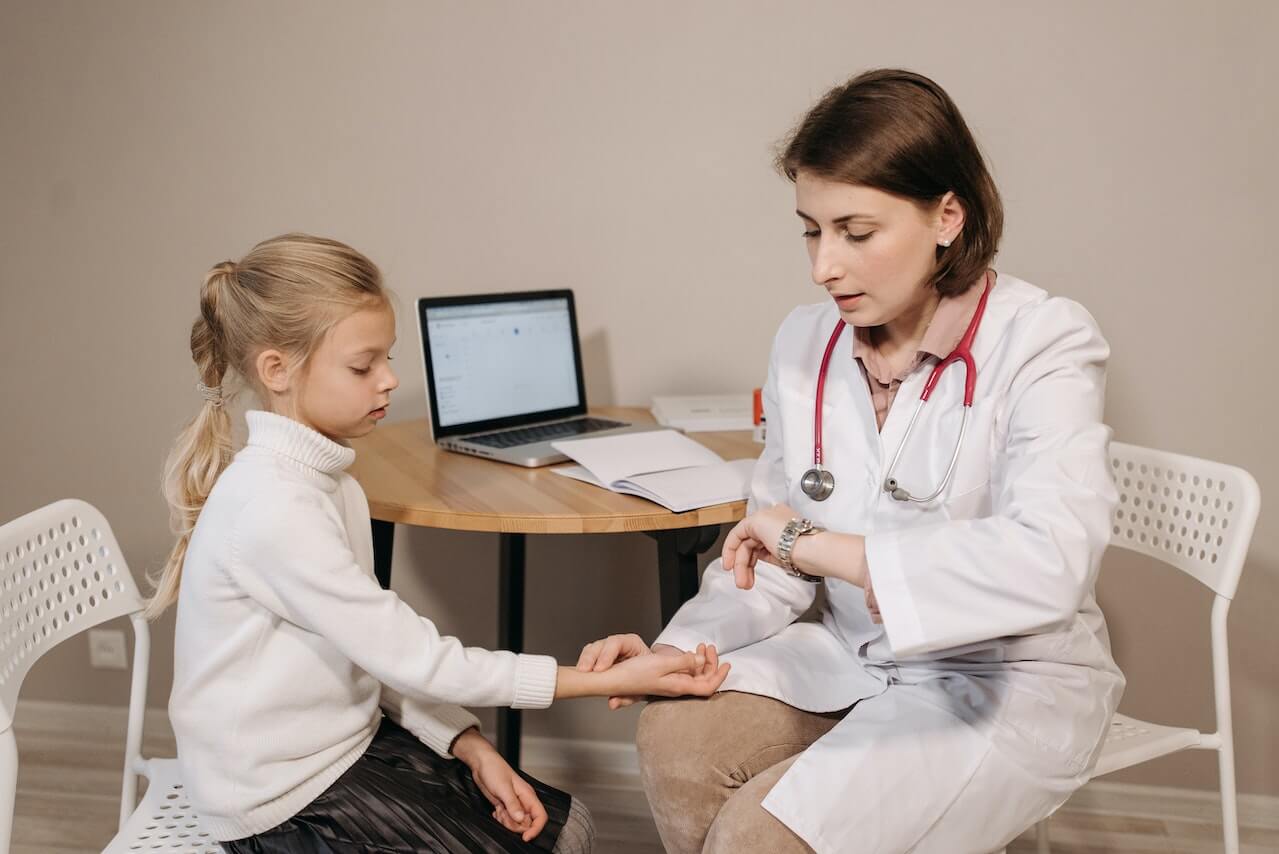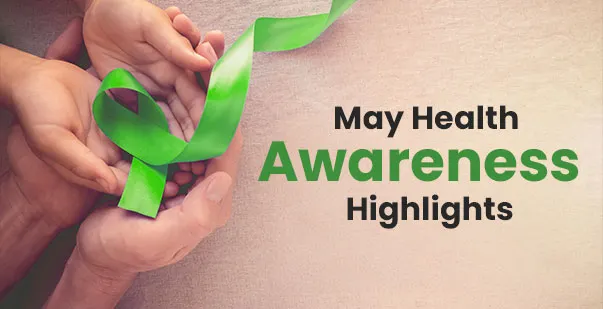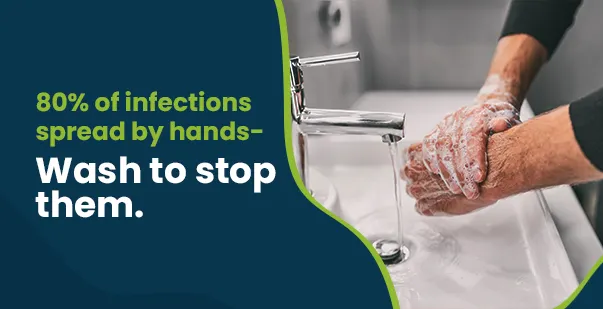Did you know that An estimated 40,000 infants are affected by congenital cardiovascular defects each year in the United States. Most shockingly, About 25% of these infants require invasive treatment in the first year of life. Isn’t it a very sad thing? That is where PALS(Pediatric Advanced Life Support) comes in.
PALS certification is crucial for healthcare professionals working with children. It gives them the skills to handle pediatric emergencies like respiratory distress, shock, and cardiac arrest. Since children have different medical needs and symptoms than adults, PALS certification ensures that providers can offer the best care in critical situations.
This certification is particularly important for pediatricians, nurses, paramedics, and other healthcare workers who take care of kids. As a result, being certified on PALS helps one make prompt accurate decisions that may save a child’s life.
Moreover, PALS certification can help in career growth, as it’s often required for specialized pediatric roles. Let’s explore why PALS certification is so important and how you can get started.
What is PALS Certification?
So what is PALS certification? Pediatric Advanced Life Support (PALS) Certification is a specialized training program designed for healthcare providers who respond to emergencies involving infants and children. This certification is crucial for personnel working in emergency response, emergency medicine, intensive care, and critical care units.
The course equips professionals with the skills to recognize and intervene in pediatric patients experiencing respiratory crises, shock, and cardiopulmonary arrest using high-performance team dynamics and high-quality individual skills.
The PALS course includes both theoretical and practical components. Participants learn through a combination of online coursework and hands-on skills sessions. Upon successful completion, they receive a certification valid for two years.
After passing the exam participants are given a 2 year certification that shows their readiness to offer quality healthcare services during severe pediatric emergencies.
Benefits of PALS Certification
Online PALS certification offers a convenient alternative to traditional classroom courses. It’s ideal for healthcare professionals looking to save both time and money. With online PALS certification, you can use digital learning tools to complete your training.
Now, let’s find out the benefits of choosing an online course over in-person classes, and see why getting your PALS certification online is a smart choice.
1. Better Skills for Emergency Care
PALS certification significantly enhances the skills of healthcare providers in managing pediatric emergencies. The training covers advanced techniques for handling respiratory distress, shock, and cardiopulmonary arrest in children.
According to various reports, healthcare providers who undergo PALS training show an 81% increase in compression scores and a 70% increase in ventilation scores.
These improvements are crucial for effectively treating pediatric patients in critical situations, ultimately leading to better patient outcomes and increased confidence among healthcare professionals.
2. Improved Patient Outcomes
PALS certification can significantly improve patient outcomes by equipping healthcare providers with the skills to recognize and intervene in critical situations effectively.
For example, a study demonstrated that the survival rate for pediatric patients suffering from respiratory failure and shock improved from 10% to 85% after healthcare providers received PALS training.
This dramatic increase in survival rates highlights the importance of timely and effective interventions learned through PALS certification. These improved interventions ultimately lead to better patient outcomes and increased confidence among healthcare professionals.
3. Career Advancement
Having a PALS certification can significantly enhance your career prospects in the healthcare field. It demonstrates your commitment to specialized pediatric care and your ability to handle critical situations effectively.
Employers often prioritize candidates with PALS certification, as it indicates a higher level of expertise and preparedness.
This can lead to better job opportunities, promotions, and potentially higher salaries, making it a valuable asset for career advancement.
4. Confidence and Readiness
PALS certification helps build confidence and readiness in healthcare professionals by providing comprehensive training in pediatric emergency scenarios. This training ensures that you are well-prepared to take quick and effective action during critical situations, such as respiratory distress, shock, or cardiac arrest in children.
The hands-on practice and simulations included in the PALS course help reinforce your skills and knowledge, making you more confident in your ability to handle emergencies.
This readiness can be crucial in saving lives and improving patient outcomes, giving you the assurance that you can respond effectively when it matters most.
5. Teamwork and Communication
PALS certification teaches healthcare professionals how to work well together and communicate clearly during emergencies involving kids. This helps them make fast and accurate decisions as a team.
For example, in a scenario where a child is experiencing cardiac arrest, a PALS-certified team would efficiently delegate tasks such as chest compressions, airway management, and medication administration. Clear communication and coordinated efforts can significantly improve the chances of a successful resuscitation.
This collaborative approach not only enhances patient outcomes but also promotes a supportive and efficient work environment.
How to Obtain PALS Certification
To obtain Pediatric Advanced Life Support certification, you can enroll in a recognized PALS certification course and complete the following steps:
1. Ensure Eligibility
Ensuring eligibility for PALS certification is crucial as it is designed for healthcare providers who respond to pediatric emergencies. This includes doctors, nurses, paramedics, and other medical professionals.
Before enrolling, you should have a solid understanding of pediatric basic life support certification beforehand can significantly enhance your readiness for PALS training. Familiarity with CPR, airway management, and the use of automated external defibrillators (AEDs) in pediatric settings is essential.
This background ensures that participants can effectively engage with the advanced concepts and hands-on simulations presented in the PALS course.
2. Find a Provider
Choosing a certified provider for PALS courses is crucial because it ensures you receive high-quality training that adheres to standardized guidelines. Accredited providers undergo regular audits to maintain up-to-date information and training methods.
Studies have shown that healthcare professionals trained through accredited programs significantly improve patient outcomes in pediatric emergencies, with survival rates increasing by up to 20%.
This highlights the importance of selecting a reputable provider to ensure you are well-prepared to handle critical situations effectively.
3. Enroll in a Course
To enroll in a PALS course, you need to first identify a certified provider that offers the training. Once you have chosen a provider, you can register for a course that fits your schedule and learning preferences.
There are two primary training methods available: blended learning and classroom training.
- Blended learning involves completing an online portion at your own pace, followed by a hands-on skills session to practice and demonstrate your abilities.
- On the other hand, classroom training is an instructor-led, in-person course where you will receive direct guidance and participate in interactive sessions.
Both methods involve attending all sessions and passing the required tests to earn your certification. Choose the option that fits your needs best to get a thorough learning experience and be well-prepared for handling pediatric emergencies.
4. Complete the Course
Completing the PALS course involves attending all scheduled sessions and actively participating in the training activities. The course is designed to provide you with the knowledge and skills necessary to effectively respond to pediatric emergencies. It includes case scenario practices with simulations that reinforce important concepts such as recognizing and managing respiratory and cardiac arrest, as well as other cardiovascular emergencies in infants and children.
During the course, you’ll practice hands-on skills and get feedback from instructors to make sure you understand and can use the techniques. To earn your PALS certification, you’ll need to pass both written tests and practical skills evaluations.
This thorough training helps you feel confident and ready to handle real-life emergencies with kids.
5. Skills Assessment
Completing a hands-on skills session is a crucial part of obtaining your PALS certification, as it allows you to demonstrate your proficiency in pediatric advanced life support techniques.
During this session, you will practice and refine your skills under the guidance of an instructor or using a HeartCode compatible manikin. This practical component ensures that you can effectively apply the theoretical knowledge gained during the course to real-life scenarios. You will be assessed on your ability to perform critical tasks such as CPR, airway management, and the use of emergency medications and equipment.
The hands-on skills session provides an opportunity for you to receive personalized feedback and make any necessary adjustments to your technique.
Successfully completing this session is essential to validate your competency and earn your PALS certification, ensuring you are well-prepared to respond to pediatric emergencies with confidence and skill.
6. Obtain Certification
After successfully completing the PALS course and assessments, you will receive your PALS certification, which is typically valid for two years. This certification demonstrates your proficiency in pediatric advanced life support and is recognized by healthcare institutions.
It is important to keep track of the expiration date, as you will need to renew your certification before it expires.
Renewal usually involves taking a recertification course to ensure that your skills and knowledge remain up-to-date with the latest guidelines and practices in pediatric emergency care.
What Topics are Covered in the PALS Course?
The Pediatric Advanced Life Support course covers a range of topics aimed at improving outcomes for pediatric patients. Here are the key areas covered:
1. Systematic Approach to Pediatric Assessment
This approach involves a structured method to evaluate and manage critically ill children. It starts with an initial impression to quickly assess consciousness, breathing, and color.
The primary assessment uses the ABCDE (Airway, Breathing, Circulation, Disability, Exposure) evaluation tool to assess respiratory, cardiac, and neurological function. The secondary assessment includes a focused history and physical exam, followed by diagnostic tests like ABG, x-ray, and laboratory blood tests to identify the cause of the emergency.
2. Basic Life Support (BLS)
BLS skills for infants and children include high-quality CPR, which involves effective chest compressions and rescue breaths. The use of an Automated External Defibrillator (AED) is also covered, teaching how to deliver shocks to restore a normal heart rhythm.
Additionally, techniques for relieving choking and clearing airway obstructions are taught to ensure proper airway management.
3. Recognition and Management of Respiratory Emergencies
This topic focuses on identifying and treating respiratory distress and failure. It covers the management of upper airway obstructions such as croup and anaphylaxis, and lower airway obstructions like asthma and bronchiolitis.
Additionally, it addresses lung tissue diseases, including pneumonia and pulmonary edema, and disordered control of breathing conditions, such as increased intracranial pressure and poisoning.
4. Shock Management
Shock management involves recognizing and treating different types of shock, including hypovolemic shock caused by fluid loss, distributive shock like septic and anaphylactic shock, cardiogenic shock due to heart problems, and obstructive shock caused by physical obstructions like tension pneumothorax.
Treatment includes fluid resuscitation, medications, and specific interventions to stabilize the patient.
5. Cardiopulmonary Arrest
This section covers advanced interventions for cardiac arrest, including high-quality CPR with effective chest compressions and rescue breaths.
It also involves the use of defibrillation with an AED or manual defibrillator, administering medications like epinephrine and amiodarone, and advanced airway management techniques such as intubation and ventilation to support breathing.
6. Post-Resuscitation Care
Post-resuscitation care focuses on stabilizing and monitoring patients after resuscitation. It includes ensuring adequate ventilation and oxygenation to maintain oxygen levels, providing hemodynamic support to maintain blood pressure and heart function, and neurological monitoring to assess brain function and prevent secondary injury.
This care is crucial for the patient’s recovery and long-term outcomes.
7. Team Dynamics
Effective communication and teamwork are essential during emergencies. This topic emphasizes closed-loop communication, where orders are acknowledged and executed, clear roles and responsibilities for each team member, and mutual respect to ensure professional and respectful interactions.
These dynamics improve the efficiency and effectiveness of the resuscitation team.
8. Case Scenario Practices
Case scenario practices involve simulations that reinforce important concepts and skills. These scenarios include managing hypovolemic shock in a child with diarrhea, treating upper airway obstructions like croup or anaphylaxis, and performing CPR and using defibrillation during cardiac arrest.
These hands-on practices help participants apply their knowledge in real-life situations.
Get Certified Today and Make a Difference in Pediatric Care
PALS certification is essential for anyone involved in pediatric care. It equips healthcare professionals with the skills needed to handle emergency situations involving children confidently. Whether you’re just starting or looking to renew your certification, staying updated with PALS ensures you’re prepared to provide the best care in critical moments. Investing time and effort into this certification not only advances your career but also enhances the safety and well-being of young patients. Ready to make a difference in pediatric emergency care? Start your PALS certification today and be equipped for any challenge that comes your way.









